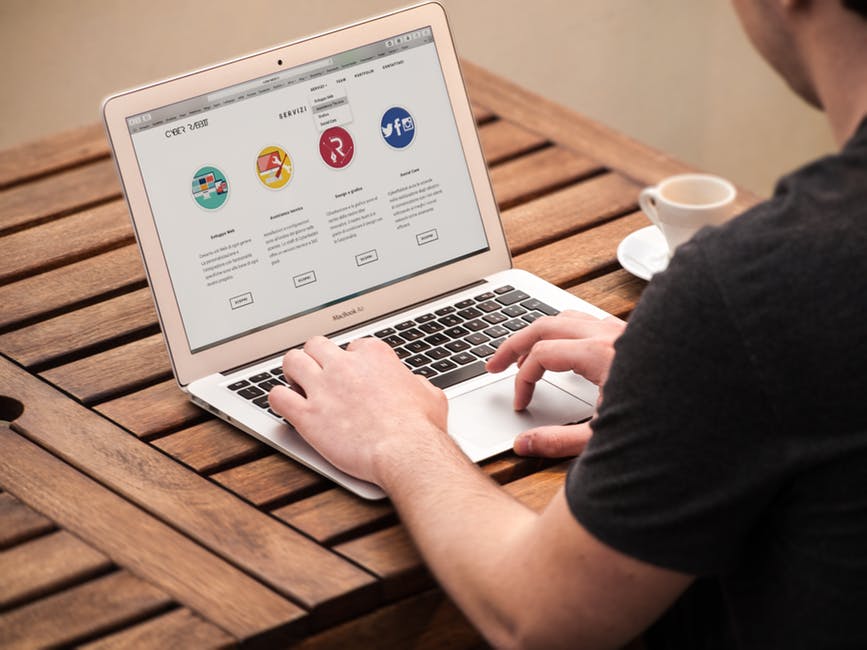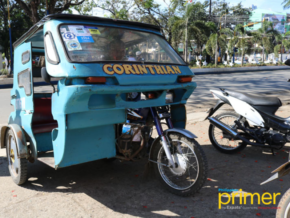Tips on Spotting Fake News Online
Misinformation and fake news articles are becoming rampant online nowadays.
Sometimes, it’s just an honest mistake, but others deliberately share false information without even checking. It may seem insignificant, but it can actually do harm and cause paranoia to a lot of people.
Admittedly, it’s hard to stop people from creating misinformed articles, but as readers, we can help stop the spread of these articles. Here are some tips to quickly check if an article is credible or not.

Check the publisher
The first thing to consider when reading a news article is to know who published it. Credible websites and organizations have a pool of writers and researchers making sure that the information to be published is accurate. Look for an About Us page, check for contact details and background of the company.
Read: List of Credible Websites in PH that you should know of
Read beyond the headline
Before sharing, read the full news article first. Don’t be fooled by clickbait headlines—those that entice you to click on it by using “shocking” headlines for more reader traffic. Fake news websites usually do this intentionally to make people click on their article for more page views. So, don’t just read the headline.
And read to the last dot
It’s very tempting to not read beyond the first paragraph, and although it is likely that the facts we need are found in the first part, it’s always better to read on. Reading more means gathering more information on the topic, thus preventing taking an article out of context.

Look for a byline
Most, if not all, credible news articles published have bylines in them. Bylines contain the name of the author who wrote the article. If these are not available or if the author claims to be “anonymous,” be wary because this is one flag for fake news articles.
Check the date
It may seem insignificant, but checking the date of an article is important in preventing the spread of misinformation. An example is when old news articles and announcements are reshared. They may be factually accurate during time of publishing, but it may not be applicable to the present anymore.
Know the source
News articles are based on a credible source. May it be from authorities, documents, or other news articles, it always needs something to back-up its claims. It is important to have various reliable sources to publish a story, so look into sources the author cited.
Verify with other news organizations
It’s easy to check for similar articles published online thanks to the help of search engines like Google. Check if other news organizations have published anything about the topic. If it’s something breaking or controversial, then it is likely that they have already created a piece about it.

Is it a joke?
If it’s too good to be true, then it most likely is. Anything that seems bizarre and made by unreliable websites without supporting documents could be a hoax. Otherwise, it could have been reported by several news sources not only online, but in other media such as radio, TV, and print as well.
Check your biases
Just because the news is not in line with your beliefs does not automatically mean it’s wrong. When confirmation bias gets in the way, it’s easy to label something as a hoax without a doubt. Same goes for those who think the information is true if it favors their biases. To avoid confirmation bias, it would be best to consider other people’s point of view.
Ask the experts
If all else fails, the best thing to do is ask. Living in an unfamiliar place can be quite confusing, as it will be hard to determine what’s true or not. Don’t hesitate to ask for help. In social media, some news outlets and government agencies respond to the netizens’ queries. It’s always better to ask than assume!
Hope these helpful tips can help you stop the spread of misinformation and fake news online!
Sources: Infographic by IFLA, Verification Handbook, First Draft, and Ten Questions for Fake News Detection













